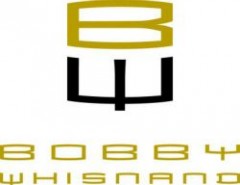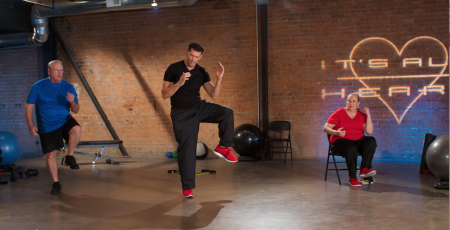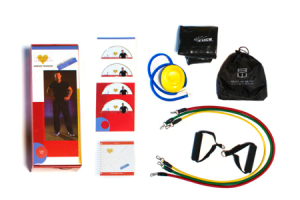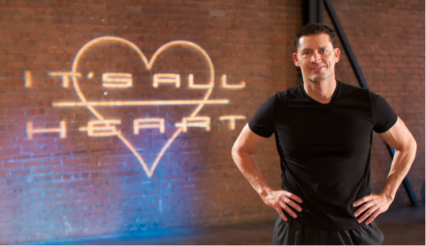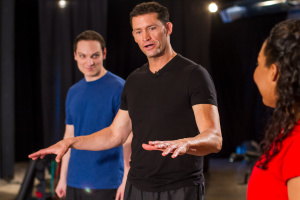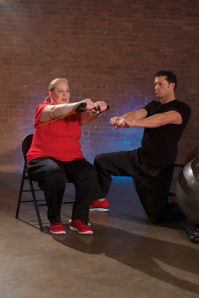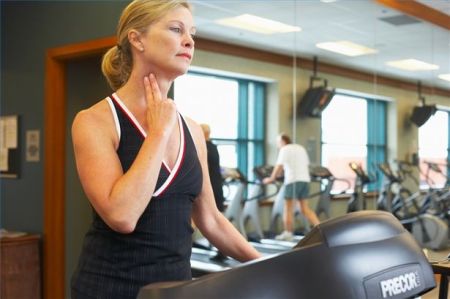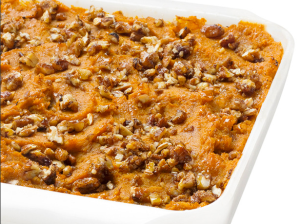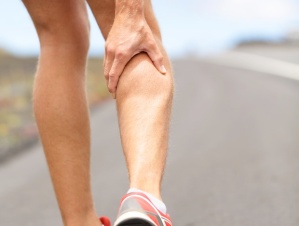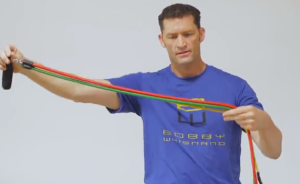 Stretching is one of the key components to preserving your mobility, improving your joint health, and developing ultimate body balance; but it is an exercise tip that is most often disregarded. Over the years I have heard many different opinions on stretching from when to stretch and how often to stretch, to the different types of stretching. And, with so many opinions out there, I want to clear things up and give you the absolute truth about stretching.
Stretching is one of the key components to preserving your mobility, improving your joint health, and developing ultimate body balance; but it is an exercise tip that is most often disregarded. Over the years I have heard many different opinions on stretching from when to stretch and how often to stretch, to the different types of stretching. And, with so many opinions out there, I want to clear things up and give you the absolute truth about stretching.
When is the Best Time to Stretch; Before, During, or After Exercise?
I suggest that before every exercise session you do a brief 3-5 minute low impact warm up and then stretch each muscle group for 20-30 seconds. Stretching during exercise can be done if you are feeling tightness in a certain muscle or group of muscles but it is not completely necessary. What about after exercise? This is the most important time to stretch because your muscles have been flexing and working and need to be taken back to their original range of motion before exercising again. This is where muscle and body imbalances can either start or be corrected, so make sure you allow time to stretch after your workout, too.
How Often Should You Stretch?
In an ideal world, stretching would reach its full potential if we did it every day. But, stretching every day is probably impractical and unrealistic for most of us because of our schedules and our lifestyles. A more realistic approach to stretching would be to do a full body stretch at least 3-4 days a week for 10-15 minutes and stretch specific muscles on the same day that you exercise them. Stretching can be monotonous and tedious, but it is absolutely necessary for our mobility now and in the future.
Which Type of Stretching is Best; Static or Dynamic Stretching?
When it comes to stretching there are two main types; static and dynamic. Static stretching means getting to the point where you feel a stretch in a particular muscle and holding that stretch without movement. Dynamic stretching would be getting to the point where you feel a stretch and then immediately return to the starting point, repeating this several times. Basically, dynamic stretching is stretching with movement. I recommend static stretching most of the time especially after exercise but it’s OK to do some dynamic stretching before exercise as a warm up. Just be sure to go slow with your movements to avoid over extending a cold body part or joint.
There are many opinions on stretching but it is absolutely vital that it is included in your fitness routine, even if your routine does not involve resistance training. The best way to look at stretching at the end of each of your workouts is that it gives you a great head start and a great beginning to your next workout. And, that’s no lie.
